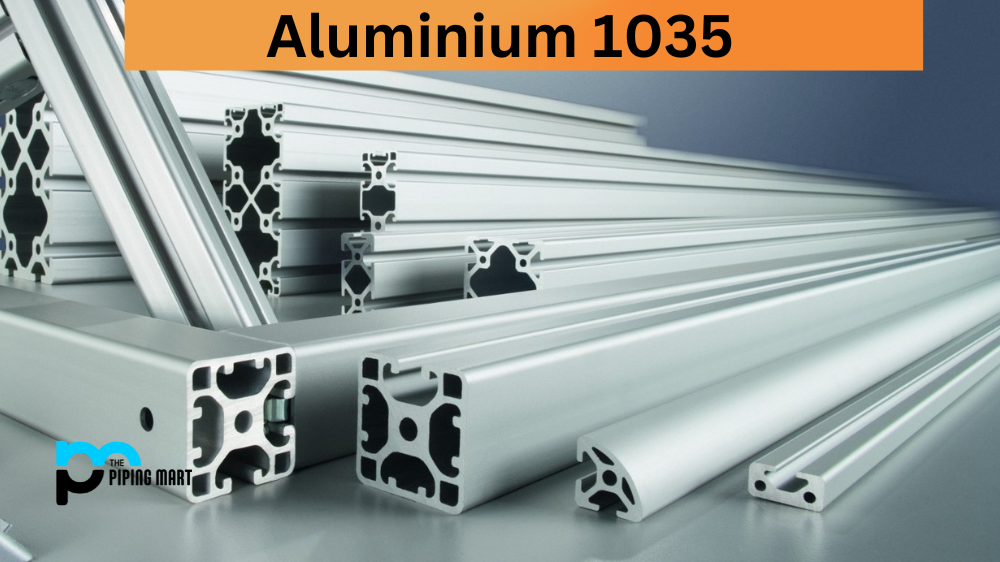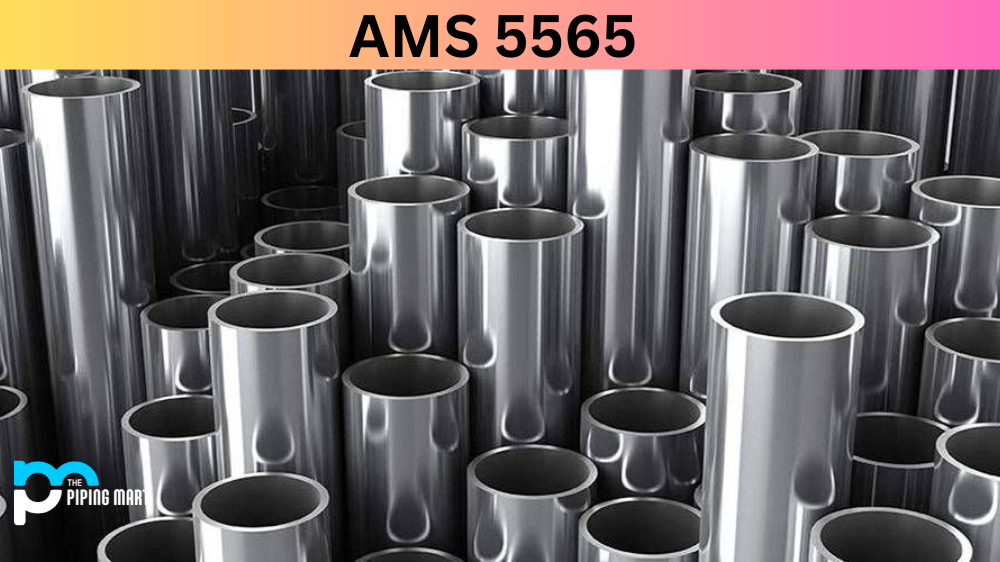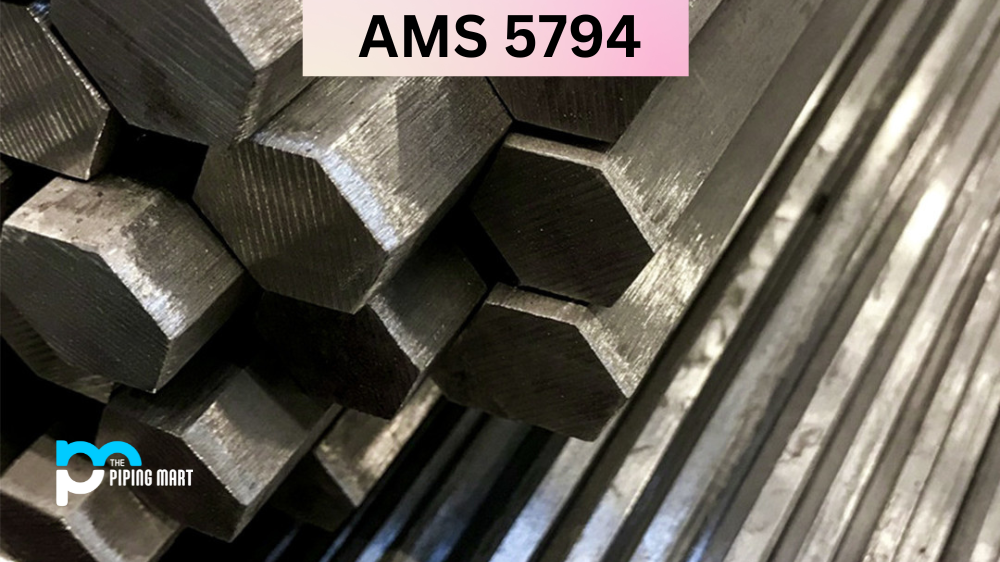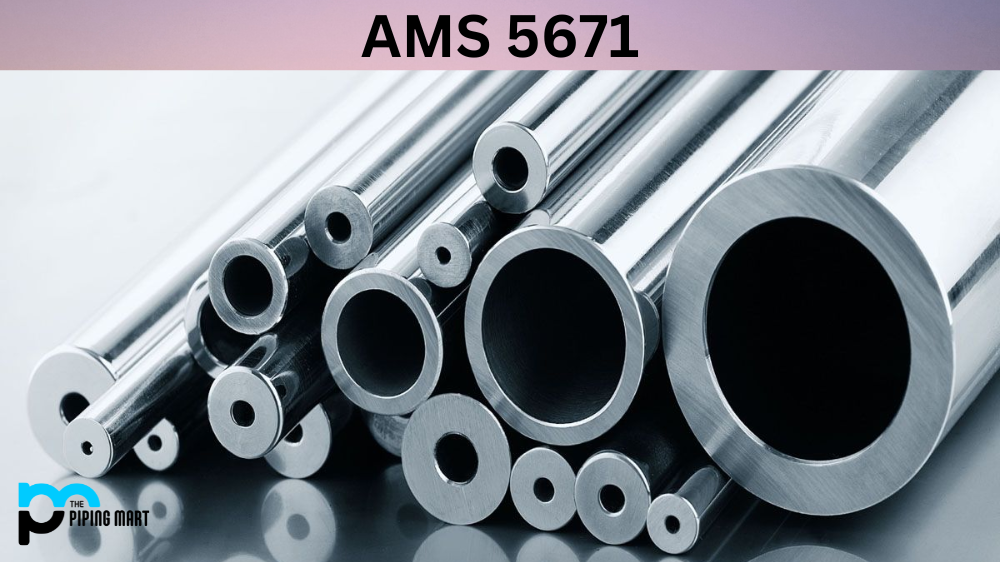Aluminium 1035 is an alloy known for its unique strength, durability, and versatility. It is widely used across various industries for its excellent mechanical properties and resistance to wear and tear. Aluminium 1035 is one of the most popular aluminium alloys due to its affordability, easy machinability, and high corrosion resistance. This article explores the composition, physical and mechanical properties, and uses of aluminium 1035 to help you understand why it is such a valuable material.
Aluminium 1035 Composition
Aluminium 1035 is composed of 99.35% aluminium and 0.15% copper. This combination of materials makes it highly durable and provides excellent strength. The small addition of copper makes this alloy easy to machine and helps to improve its wear resistance.
| Component Elements Properties | Metric | English | Comments |
|---|---|---|---|
| Aluminum, Al | >= 99.35 % | >= 99.35 % | Specified |
| Copper, Cu | <= 0.10 % | <= 0.10 % | |
| Iron, Fe | <= 0.60 % | <= 0.60 % | |
| Magnesium, Mg | <= 0.05 % | <= 0.05 % | |
| Manganese, Mn | <= 0.05 % | <= 0.05 % | |
| Other, each | <= 0.03 % | <= 0.03 % | |
| Silicon, Si | <= 0.35 % | <= 0.35 % | |
| Titanium, Ti | <= 0.03 % | <= 0.03 % | |
| Vanadium, V | <= 0.05 % | <= 0.05 % | |
| Zinc, Zn | <= 0.10 % | <= 0.10 % |
Aluminium 1035 Physical Properties
Aluminium 1035 is a lightweight metal with a 2.78 g/cm³ density. It has a melting point of 616°C and a boiling point of 2,467°C. This alloy has a thermal conductivity of 198 W/m·K and an electrical conductivity of 37.8 MS/m.
| Physical Properties | Metric | English | Comments |
|---|---|---|---|
| Density | 2.705 g/cc | 0.09772 lb/in³ | AA; Typical |
Aluminium 1035 Mechanical Properties
Aluminium 1035 has excellent mechanical properties, making it a highly desirable alloy for various applications. It has a tensile strength of 220 MPa, yield strength of 160 MPa and a hardness of 60 HRB. It is a highly malleable material with good machinability and good workability.
Aluminium 1035 Uses
Aluminium 1035 is used in various industries, including automotive, aerospace, military, and electronics. It is commonly used to manufacture machine parts, gears, and electrical connectors. Its high strength and resistance to corrosion make it an excellent choice for applications where durability is essential. Additionally, its lightweight properties make it ideal for use in the aerospace and automotive industries, where weight reduction is critical.
Aluminium 1035 Heat Treatment
Aluminium 1035 can be heat-treated to improve its strength and hardness. Solution heat treatment is often used to dissolve alloying elements and enhance the material’s microstructure. This is followed by quenching to achieve the desired hardness and strength. Another heat treatment technique is precipitation hardening, which involves heating the material to a specific temperature and quenching it quickly to gain the desired strength.
Aluminium 1035 Hardness
The hardness of aluminium 1035 can be improved through heat treatment, as mentioned earlier. The hardness of this alloy varies depending on the specific heat treatment applied. It has a typical Brinell hardness of 65, which makes it a relatively soft metal.
Conclusion:
In summary, aluminium 1035 is an excellent material choice due to its unique properties, high strength, durability, and resistance to wear and tear. It is a widely used aluminium alloy used in various industries. Adding copper makes it easy to machine and provides good wear resistance. Additionally, its lightweight properties make it suitable for various applications, including the aerospace and automotive industries. Proper heat treatment can help to further improve its mechanical properties and hardness, making it an even more desirable material.




